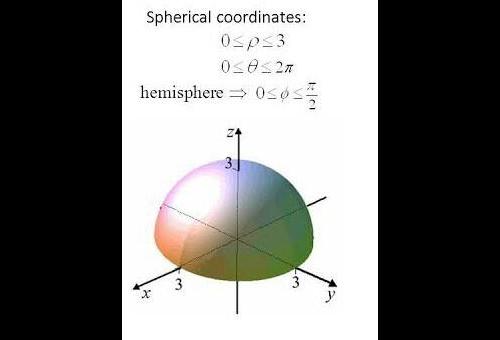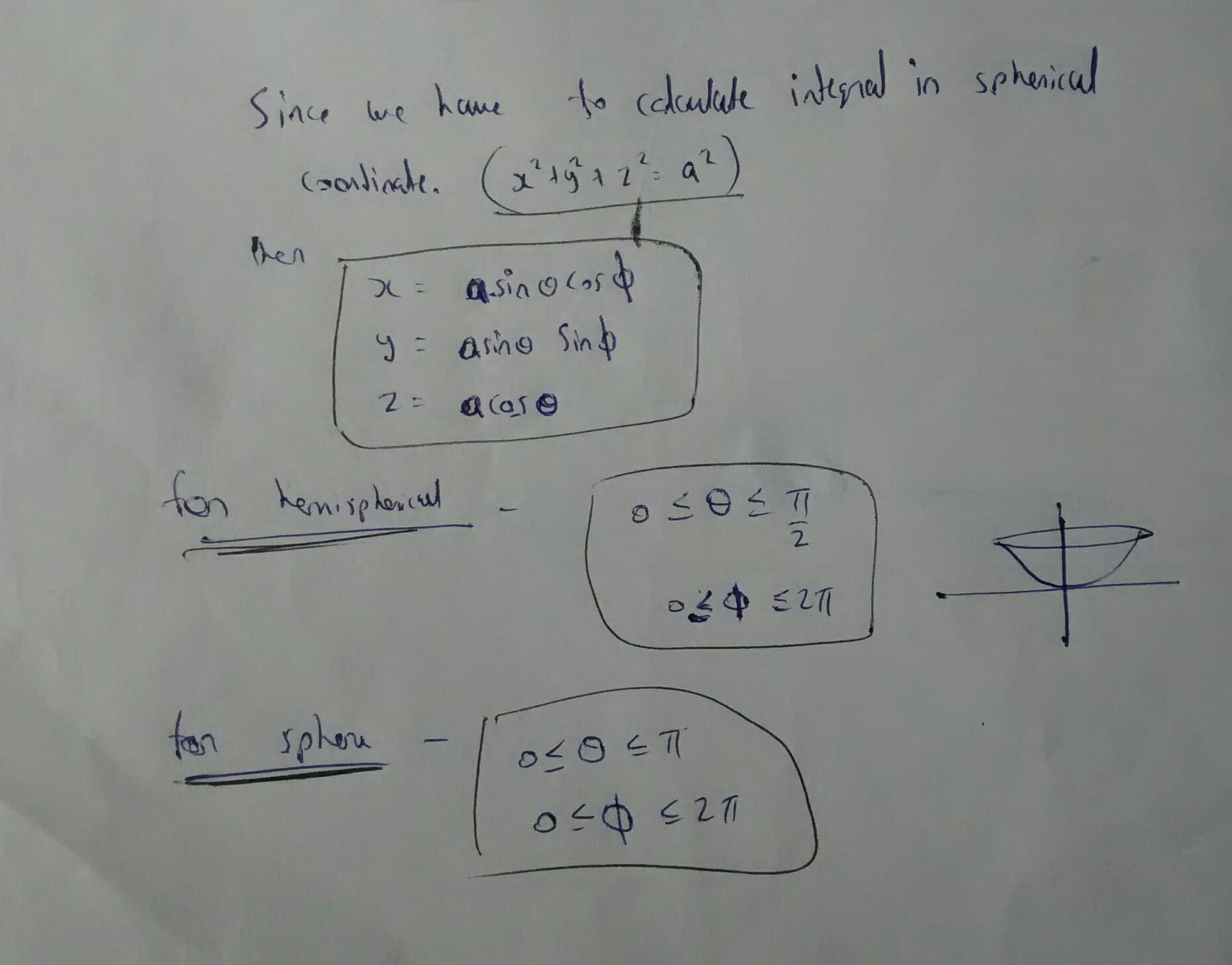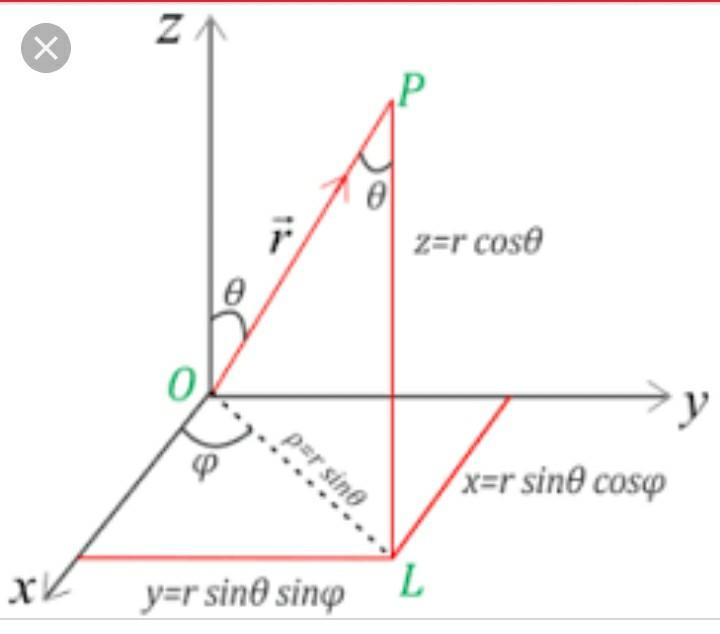Time management is very much important in IIT JAM. The eduncle test series for IIT JAM Mathematical Statistics helped me a lot in this portion. I am very thankful to the test series I bought from eduncle.
Nilanjan Bhowmick AIR 3, CSIR NET (Earth Science)- IIT JAM
- Physics (PH)
How this a cos @ came here in place of z ....in sec last step as underlined??
0 =k(1-4) -3k x X ay 0z (B) Here Vx V= 4y 0 2z Since the surface is a sphere with centre at the origin, f is its normal, then n1a a ix ix +jy +kz (V xv) h3k3 a a We want to evaluated-3(z/a) do over the hemisphere, In spherical coordirs 2n n/2 aCos a sin 0 de do-3a d a cos.o a sin 0 cos 0 do -0 0-0 A =- 3a2.2t. -3rma
- 0 Likes
- 5 Comments
- 0 Shares
-
![comment-profile-img]() >
>
-
![comment-profile-img]() >
>
-
![comment-profile-img]() >
>
![eduncle-logo-app]()
that's why we have put z = acosthta
![eduncle-logo-app]()
here we have to calculate in hemispherical , that's why theta belongs to (0,pi/2) and phi belongs to (0,2pi)
![eduncle-logo-app]()
any doubt then ask... it's all spherical coordinate system
![eduncle-logo-app]()
thanks ...that was just slip of my mind i forgot all the little things and asking silly question .... means a lot sir 😃😃
![eduncle-logo-app]()
welcome
-
![comment-profile-img]() >
>
Ravi prakash yadav
![best-answer]()
in spherical coordinate z=acos(theta) and da=a^2sin(theta)d(theta)d(phi). we simply put z=acos(theta) and da=a^2sin(theta)d(theta)d(phi) in original equation
Do You Want Better RANK in Your Exam?
Start Your Preparations with Eduncle’s FREE Study Material
- Updated Syllabus, Paper Pattern & Full Exam Details
- Sample Theory of Most Important Topic
- Model Test Paper with Detailed Solutions
- Last 5 Years Question Papers & Answers
Sign Up to Download FREE Study Material Worth Rs. 500/-











 >
>
 >
>



 >
>


 >
>







Ghost.
Because they convert Cartesian coordinate to spherical coordinate system and transformation is z=radius*cos(ø). wishes